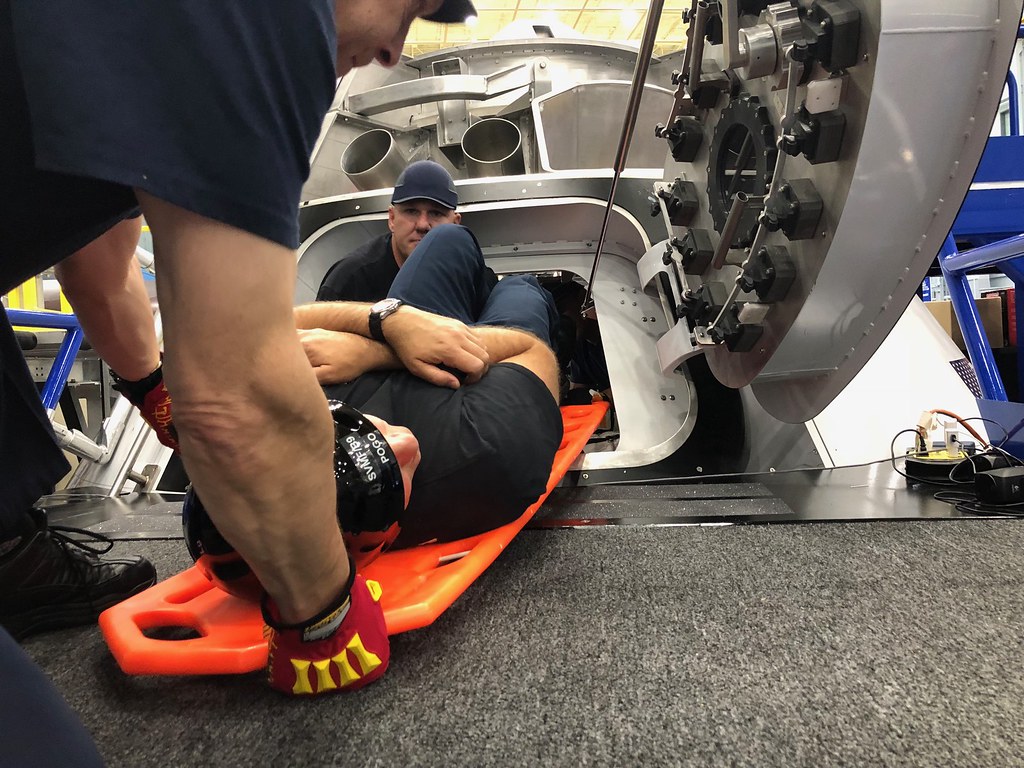
Confined Space Entry Training: Navigating Safety in Tight Spaces
Confined Space Entry Training : In today’s industrial and construction environments, confined spaces are a common sight. These areas can present significant risks to workers if proper precautions are not taken. Confined space entry training is an essential aspect of workplace safety, ensuring that employees are well-prepared to work in these challenging conditions. In this article, we will explore the importance of confined space entry training, its key components, and why every organization should prioritize it.
Understanding Confined Spaces
What is a Confined Space?
A confined space is defined as an area that is not designed for continuous human occupancy, has limited access, and poses potential hazards due to its enclosed nature. These spaces can include tanks, silos, sewers, and tunnels.
Recognizing the Dangers
Confined spaces can be deceptively hazardous. Some common risks associated with confined spaces include poor air quality, the presence of hazardous chemicals, limited visibility, and the possibility of engulfment or entrapment.
The Importance of Confined Space Entry Training
Enhancing Safety
Confined space entry training plays a pivotal role in enhancing workplace safety. It equips workers with the knowledge and skills needed to identify potential hazards, assess risks, and take appropriate measures to mitigate them.
Legal Compliance
Many countries have strict regulations governing confined space work. Compliance with these regulations is mandatory. Adequate training ensures that organizations meet legal requirements, avoiding penalties and lawsuits.
Key Components of Confined Space Entry Training
Risk Assessment
Before entering a confined space, workers must conduct a thorough risk assessment. Training covers the process of identifying hazards, evaluating their severity, and determining control measures.
Equipment Familiarity
Confined space entry often requires specialized equipment like gas detectors, harnesses, and breathing apparatus. Training ensures that workers are familiar with the correct usage of these tools.
Emergency Response
In case of an incident within a confined space, knowing how to respond swiftly and effectively is crucial. Training provides insights into emergency procedures, communication protocols, and first aid.
Who Needs Confined Space Entry Training?
Industry Specific
Various industries, such as construction, manufacturing, and utilities, involve working in confined spaces. Employees in these sectors must undergo training to ensure their safety.
Job Roles
Specific job roles, like confined space rescuers and entry supervisors, require specialized training. This ensures that individuals responsible for others’ safety are well-prepared for their roles.
Benefits of Comprehensive Training
Reduced Accidents
Investing in confined space entry training significantly reduces the risk of accidents and fatalities in confined spaces. Proper training leads to increased awareness and better decision-making.
Improved Efficiency
Well-trained workers are more efficient in their tasks within confined spaces. They can work confidently, knowing how to navigate challenges while maintaining productivity.
Cost Savings
Preventing accidents and injuries through training not only saves lives but also reduces medical expenses, insurance claims, and downtime, ultimately saving organizations money.
Conclusion
In conclusion, confined space entry training is not just a legal requirement; it’s a critical investment in workplace safety. By providing employees with the knowledge and skills to work safely in confined spaces, organizations protect their workforce and their bottom line. Remember, safety should always come first, especially when working in tight and potentially hazardous environments.
Construction Health and Safety Training
Frequently Asked Questions (FAQs)
- Is confined space entry training mandatory for all employees?
- While not all employees may need it, training is mandatory for those who work in or supervise confined space entry.
- How often should confined space entry training be conducted?
- Training should be conducted regularly, with refresher courses provided at least annually.
- Can confined space entry training be done online?
- Yes, online training is an option, but hands-on practical training is also crucial for competency.
- What are the most common hazards in confined spaces?
- Common hazards include poor air quality, toxic gases, lack of oxygen, and the risk of engulfment.
- Where can I find reliable confined space entry training programs?
- You can find reputable training providers through industry associations, safety organizations, or by conducting an online search.
























